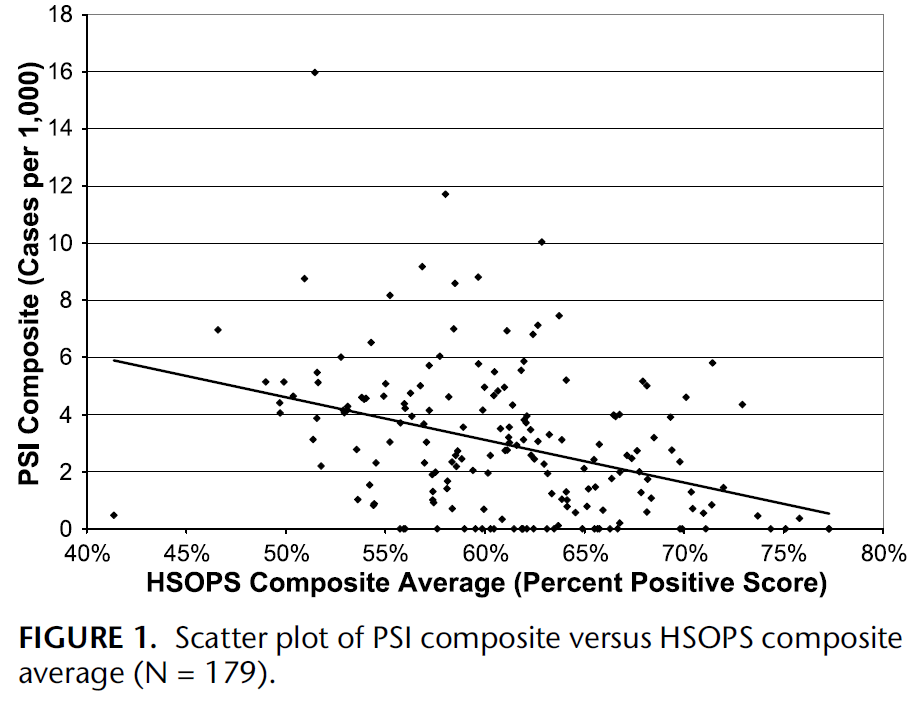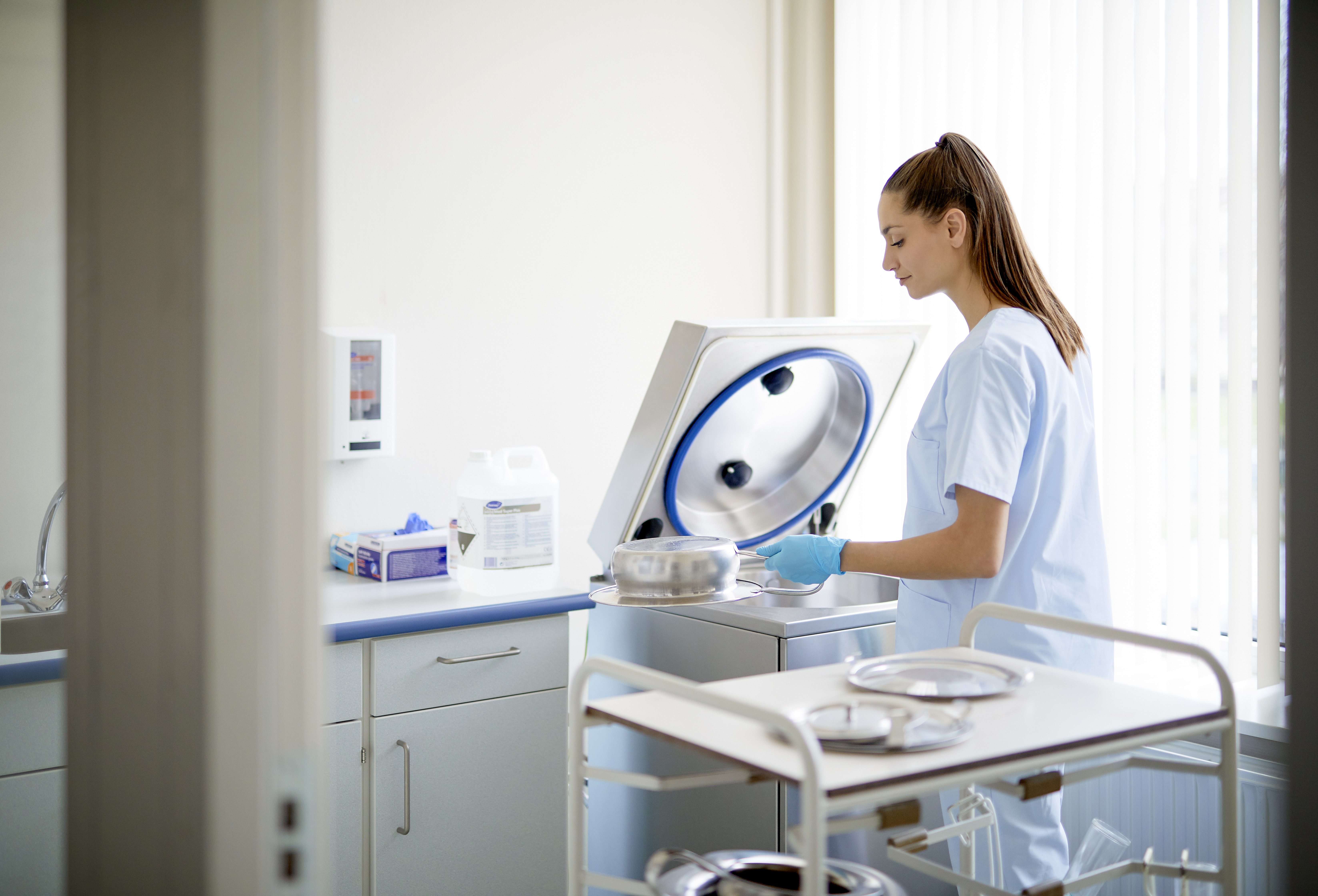Authors: Victor Cegarra Palao, Peter Teska
The World Patient Safety Day takes place on 17th September every year, and is one of World Health Organization’s (WHO) global public health days. The objective of this day is to raise awareness and drive global intervention for the safety of patients – to ultimately ensure that healthcare systems around the world prioritize patient safety, aiming to put an end to avoidable errors and negative practices suffered by patients.
Both the World Health Organization and the US-Centers for Disease Control and Prevention advocate for the importance of healthcare facilities developing a patient safety culture. Having a patient safety culture can improve health outcomes for patients.
The Agency for Healthcare Research and Quality (AHRQ) in the US states that: Surveys of Patient Safety Cultures in hospitals have shown that higher patient safety scores are associated with:
- Fewer hospital-acquired pressure ulcers and patient falls
- Lower surgical site infection rates
- Lower rates of in-hospital complications or adverse events
- Higher ratings from patients on their hospital experience
One study ARHQ cited concludes that “hospitals with higher patient safety culture scores tend to have fewer documented adverse events, after controlling for hospital bed size, teaching status, and ownership.”

The theme for this year is “Medication Safety” with the slogan:- ‘Medication without Harm’. This is a very relevant topic that affects all of us, to some extent, throughout our lives. As the WHO states: ‘Every person around the world will, at some point in their life, take medications to prevent or treat illness. However, medications sometimes cause serious harm if incorrectly stored, prescribed, dispensed, administered or if monitored insufficiently.’
Of all the causes of patient harm, of which up to 80% is preventable, medication errors and diagnosis errors are the top causes. At Diversey, this is a topic that comes close to our heart. Our mission is to protect and care for people through leading hygiene, infection prevention and cleaning solutions. When it comes to Healthcare, patient care is at the forefront of everything we do, and it’s our priority to find ways to strengthen the culture of safety across healthcare settings in order to build a patient safety climate.
When it comes to medication, we believe the role of clinical staff is to ensure the avoidance of medication errors and unsafe practices. Therefore, the importance of embedding patient safety within the whole culture of healthcare systems cannot be over-emphasized. A properly prescribed medication delivered unsafely still has the potential to cause patient harm.

Environmental hygiene and hand hygiene are two important standard safety practices that help drive a patient safety climate and are areas transversal to the whole system – hence powerful in building that culture.
‘Medication Safety’ includes the practice of standard precautions taken by healthcare workers that play a direct role in ensuring the safe administration of medication (especially if intravenous medication). Knowing that numerous interactions with the patients occur while administering medication (directly but also indirectly through the manipulation of administering aid elements), both proper hand hygiene and environmental hygiene are crucial.
Our infection prevention solutions, which combine hand and environmental hygiene, with targeted disinfection, can play a key role in reducing the transmission of pathogens, which is essential for ensuring a safe provision of medication in any area of a healthcare setting.
Through the integration of products, procedures, training and validation systems, we are able to provide optimal results keeping the patient at the centre of everything we do – in order to provide a safe and more satisfying environment of care.
That’s our bit towards building a stronger patient safety climate, which positively impacts the safer delivery of medication in healthcare settings!
1 https://www.who.int/news-room/fact-sheets/detail/patient-safety
2 https://www.cdc.gov/niosh/z-draft-under-review-do-not-cite/safetyculturehc/module-1/2.html
3 https://www.ahrq.gov/sops/about/patient-safety-culture.html
4 Marden RE, et al. Exploring relationships between hospital patient safety culture and adverse events. Journal of Patient Safety. 2010; 6(4): 226-232.
5 https://www.who.int/news-room/fact-sheets/detail/patient-safety



